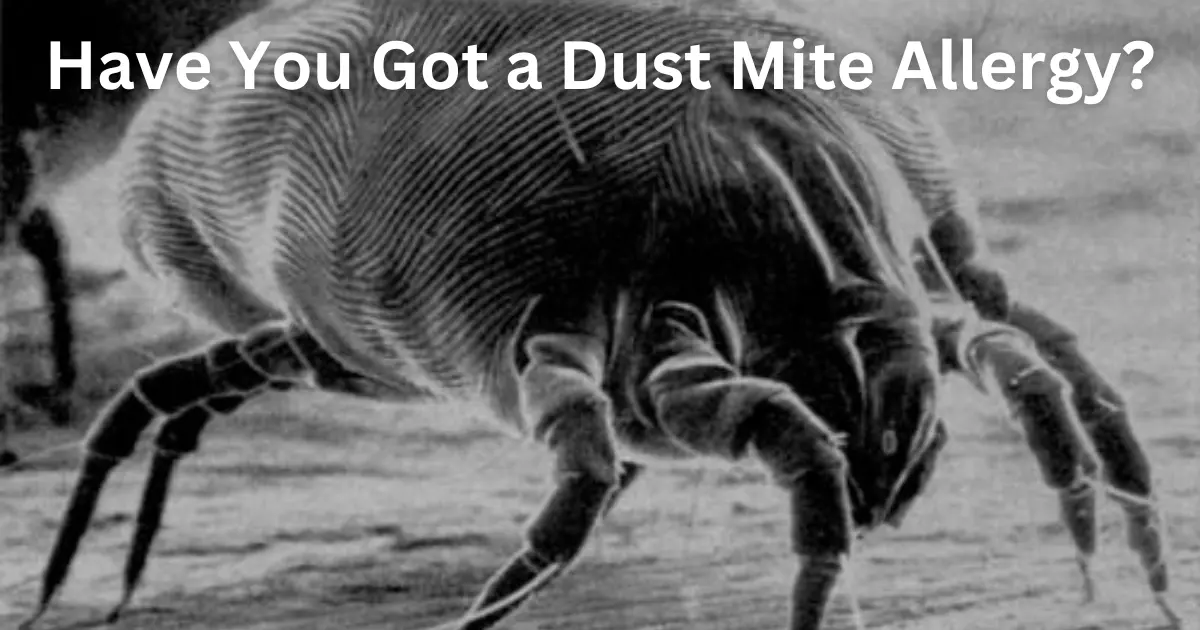These tiny bugs, not visible to the human eye, live among us by the tens of thousands. They thrive in warm, humid environments.
And for 10% of the population, they can wreak havoc by triggering an allergic reaction. Symptoms include:
- Sneezing
- Runny nose
- Itchy, red or watery eyes
- Stuffy nose
- Itchy nose, mouth or throat
- Itchy skin
- Postnasal drip (a flow of mucus from behind your nose into your throat)
- Cough
And if you suffer from asthma, you may experience difficulty breathing, wheezing and chest tightness.
What Are Dust Mites?
These tiny bugs lurk in your home and in particular in your soft furnishings. They feed off dead skin cells which your body is shedding constantly at a rate of around 1.5g a day!
These skin cells accumulate in your carpet, rugs, your sofa and your bedding in particular and they absorb moisture from the environment around them, thriving in environments where humidity is quite high.
Allergies
Allergies don’t come from dust mites themselves, but from the waste they produce. The feces that contain enzymes become airborne which we breathe in and consequently have a reaction to.
What Can I Do About It?
There are medical treatments which you would need to discuss with your doctor or a pharmacist, but the ideal way of treating dust mites is to address them from the source…
- Regular thorough cleaning is needed. Ensure you have a cleaning schedule in your home
- Vacuum your carpets, rugs and upholstery regularly, mop your floors and clean items and surfaces.
- Some may recommend wood floors over carpet, but carpet is a better option in your home to filter pollution and particles from the air.
- Having your soft furnishings professionally steam cleaned at least once a year flushes out any particles and allergens, leaving you with sanitised, clean items.
- Wash your bedding in a hot wash at least once a week, and while the sheets are off, vacuum your mattress with your vacuum hand tool.
